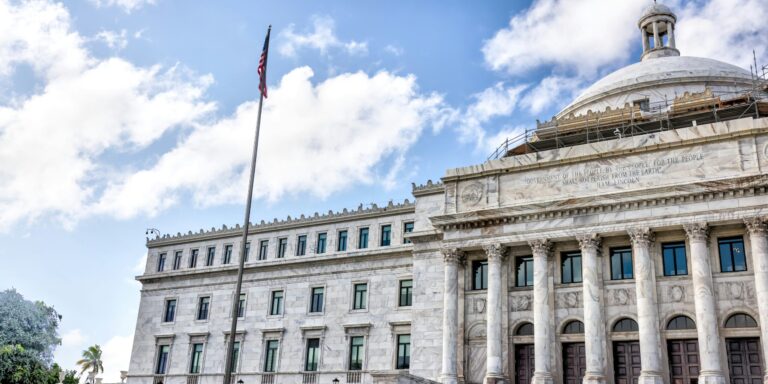In a widely anticipated move, the U.S. Federal Reserve announced a downward revision of its economic growth forecast for the remainder of 2025. Originally predicting a growth rate of 2.1%, the central bank now projects the economy will expand by just 1.4% by year-end. This represents a significant slowdown from previous expectations, largely driven by persistent inflationary pressures, rising global oil prices, and ongoing supply chain disruptions that have hampered business production and consumer spending.
As inflation rates continue to climb—currently hovering at an annual rate of 3%, well above the Fed’s 2% target—the central bank finds itself in a delicate balancing act. The economic environment is marked by significant uncertainty, with the fallout from geopolitical tensions, particularly in the Middle East, casting a long shadow over global markets. The Fed has signaled that it plans to reduce interest rates twice by the end of 2025 to combat these inflationary pressures and encourage economic activity.
While the U.S. labor market remains relatively strong, with an unemployment rate of 4.2%, inflation is eroding consumer purchasing power. Prices for everyday goods, including food and housing, have surged, leading to a growing concern among policymakers about the long-term stability of the economy. Inflation has particularly affected low-income and middle-class families, who spend a larger proportion of their income on necessities like groceries and rent.
The Fed’s decision to lower its growth forecast underscores the uncertainty that has gripped the global economy. As international tensions rise, particularly with Russia’s ongoing military activity in Ukraine and the volatility in the Middle East, the U.S. economy finds itself at a crossroads. The Fed’s moves are expected to be cautious, focusing on reducing inflation without stifling the recovery that has been seen in certain sectors like technology and services.
At the same time, other global economic challenges, including disruptions in trade and supply chains, continue to put pressure on businesses across multiple industries. The manufacturing sector, in particular, has struggled to keep up with demand due to shortages of key raw materials, from semiconductors to oil and gas.
Economists warn that the Fed’s current strategy of interest rate cuts could have mixed results. On one hand, lower interest rates could stimulate investment and consumer spending, particularly in sectors like housing and technology. On the other hand, a prolonged period of high inflation could lead to persistent cost-of-living pressures for Americans. The delicate balance the Fed faces will likely shape U.S. economic policy for years to come.
Corporate executives are particularly concerned about how ongoing inflation and interest rate changes could impact their profitability. Companies in industries like retail, hospitality, and transportation, which rely heavily on consumer demand, are bracing for a potential slowdown in spending. Meanwhile, the energy sector is being buffeted by volatile oil prices, which have risen sharply in recent months due to tensions in the Middle East and supply disruptions caused by extreme weather events.
In light of these economic challenges, some economists have called for a broader shift in fiscal policy, with increased government spending to stimulate economic activity and counter the effects of inflation. Others argue that the government’s focus should remain on controlling inflation and reducing budget deficits.
The Fed’s actions over the coming months will be closely watched, as any further shifts in policy will likely have a ripple effect across financial markets. Investors are anticipating a prolonged period of volatility, with fluctuations in interest rates and inflation driving market behavior. Additionally, the Fed’s handling of inflation could significantly affect the value of the U.S. dollar, international trade, and investment flows.
As the U.S. economy enters the second half of 2025, it is clear that the Federal Reserve’s ability to navigate this complex landscape will be crucial in determining the nation’s economic future. The central bank’s leadership, particularly Chairman Jerome Powell, has been under intense scrutiny as policymakers look for signs that the U.S. is prepared for whatever economic challenges lie ahead.


